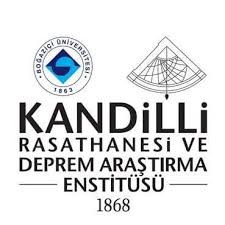The Role of Kandilli Rasathanesi in Earthquake Research

Introduction
Kandilli Rasathanesi, located on the Asian side of Istanbul, Turkey, is an essential institution dedicated to the study and monitoring of seismic activity. Established in 1868, it serves not only as a research centre but also as a critical resource for public safety, contributing to earthquake prediction and preparedness. The significance of Kandilli Rasathanesi has grown, particularly in a country prone to seismic events due to its geographical location.
Historical Overview
The Kandilli Observatory and Earthquake Research Institute was founded with the aim of monitoring the seismic activity of Turkey and providing data to help with earthquake preparedness. Over the years, it has evolved significantly, incorporating advanced technology and methodologies. The Kandilli Observatory has been instrumental in gathering substantial data that informs not only local, but also international seismic studies.
Current Functions and Responsibilities
Kandilli Rasathanesi operates a wide range of functions such as:
- Seismic Monitoring: The institute utilizes a network of seismographs to track earthquakes in real-time.
- Research and Analysis: Scientists at Kandilli conduct extensive research into the causes and effects of earthquakes, contributing to the global understanding of seismic phenomena.
- Public Awareness: The observatory also plays a crucial role in educating the public about earthquake preparedness, offering insights and training on safety measures.
In recent years, Kandilli has collaborated with various international bodies to enhance its research capabilities and data sharing systems, ensuring that critical information is accessible during emergencies.
Recent Developments
As of 2023, Kandilli Rasathanesi has upgraded its technological infrastructure, including the installation of new seismological equipment and improved data processing software. These advancements aim to provide more accurate and timely information about seismic activities. Additionally, the institute has been involved in several community initiatives, providing training and workshops to educate citizens about earthquake resilience.
Conclusion
The significance of Kandilli Rasathanesi cannot be understated as it contributes both to scientific research and public safety. As Turkey continues to navigate the challenges posed by its seismic landscape, the observatory’s role will be ever more crucial. By staying at the forefront of technology and community engagement, Kandilli aims to strengthen its impact and readiness for future seismic events, ensuring that both the scientific community and the general public are equipped to respond effectively.
